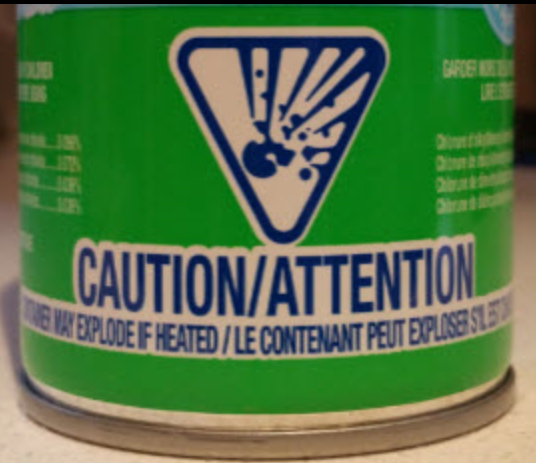 WHMIS 2015
WHMIS 2015
WHMIS 2015 covers a wide range of hazardous chemicals and substances (called “controlled products”), including everyday chemical products found in workplaces, such as cleaning supplies, adhesives and solvents. Although not as dangerous as other controlled products used in industrial processes, these products may still pose hazards to workers and the environment.
In Canada, any controlled product that’s packaged as a consumer product and in quantities normally used by the public is generally exempt from WHMIS 2015 supplier label and SDS requirements. An item is generally considered to be “packaged as a consumer product” if it’s:
- In a container of a size and type usually sold to the public; and
- Available for sale to the public through retail outlets.
Example: A solvent considered a controlled product under WHMIS 2015 that’s packaged in a 250-millilitre container and sold in a hardware store is a consumer product and thus is exempt from supplier label and SDS requirements. The same solvent packaged in a 454-litre drum and sold at an industrial supply outlet isn’t a consumer product and does require a supplier label and SDS.
Labels on consumer products generally have sufficient information to serve as workplace labels. School board training should already be in place to ensure that workers can read and understand the warnings on consumer products.
As some of the consumer products stored in our chemical store rooms are intended to be ingested, a label indicating that it is not to be eaten should be attached to the container. Citing that it is potentially contaminated should discourage students from eating these consumer products.
Summary:
- WHMIS 2015 covers hazardous chemicals (controlled products)
- Consumer products sold to the public and in quantities used by the public are exempt from WHMIS 2015 supplier labels and SDS requirements.
- In most cases the existing label will serve as a workplace label.
- Worker training will be limited to ensuring that the worker understands the warnings on the label.

 WHMIS 2015
WHMIS 2015